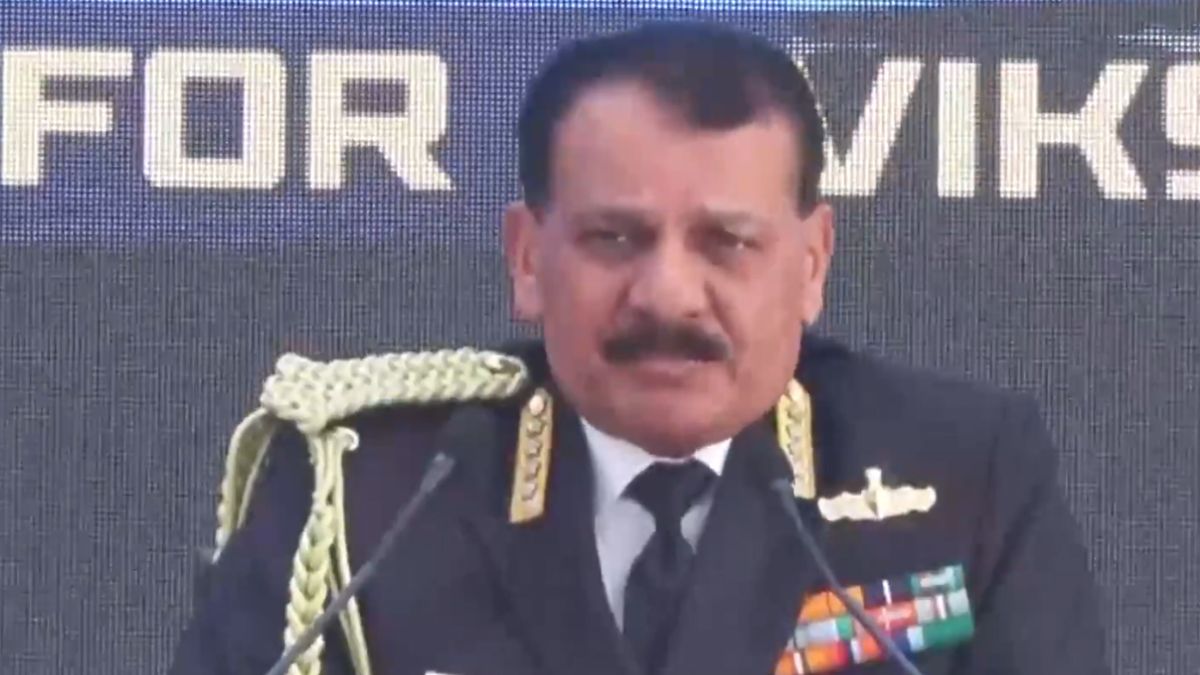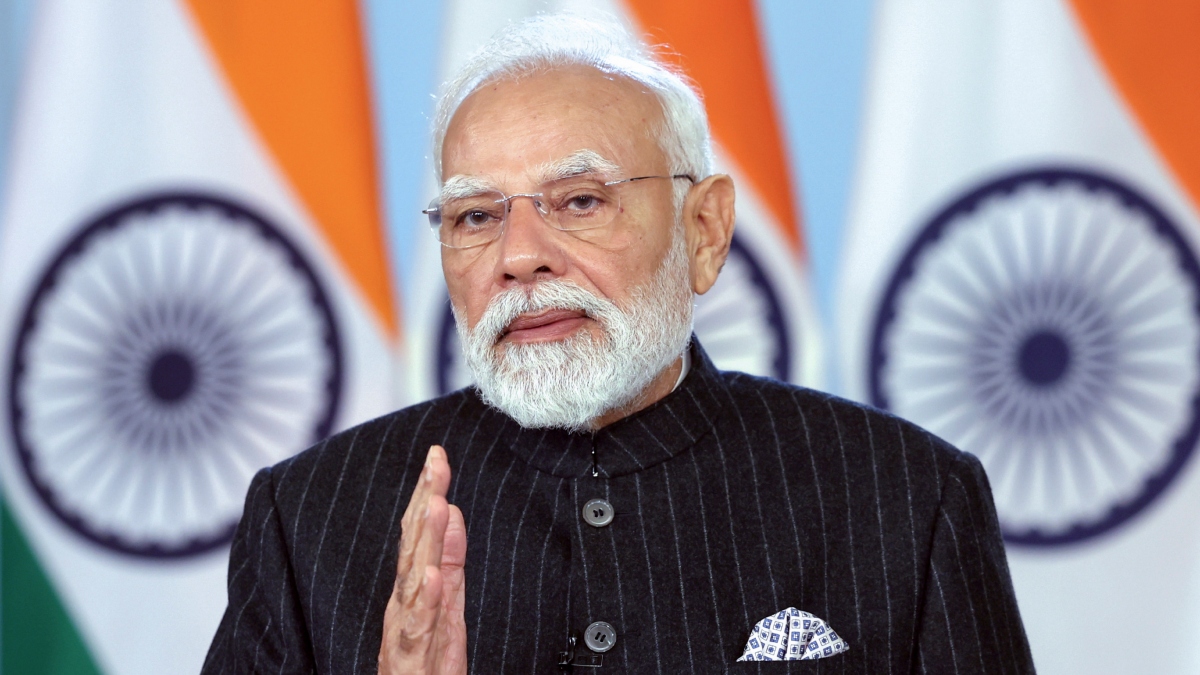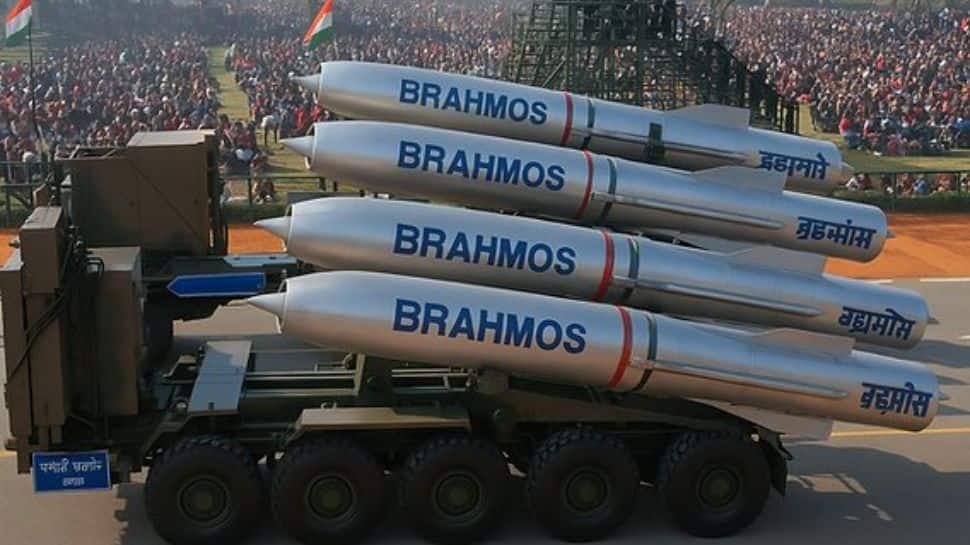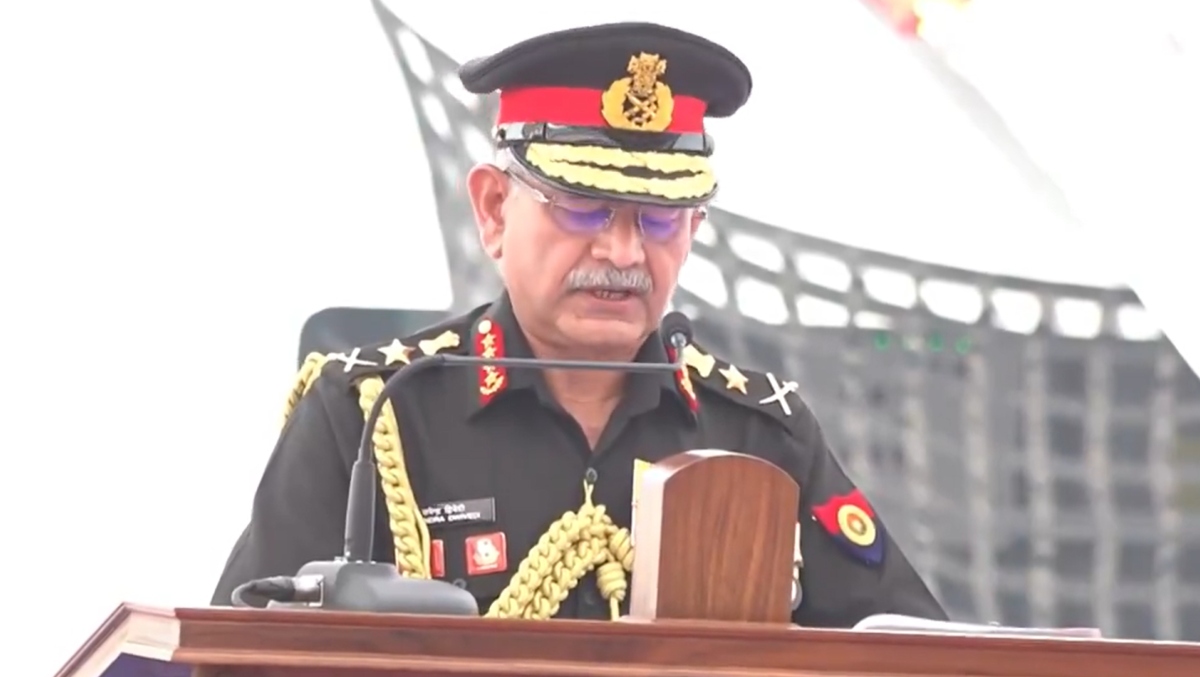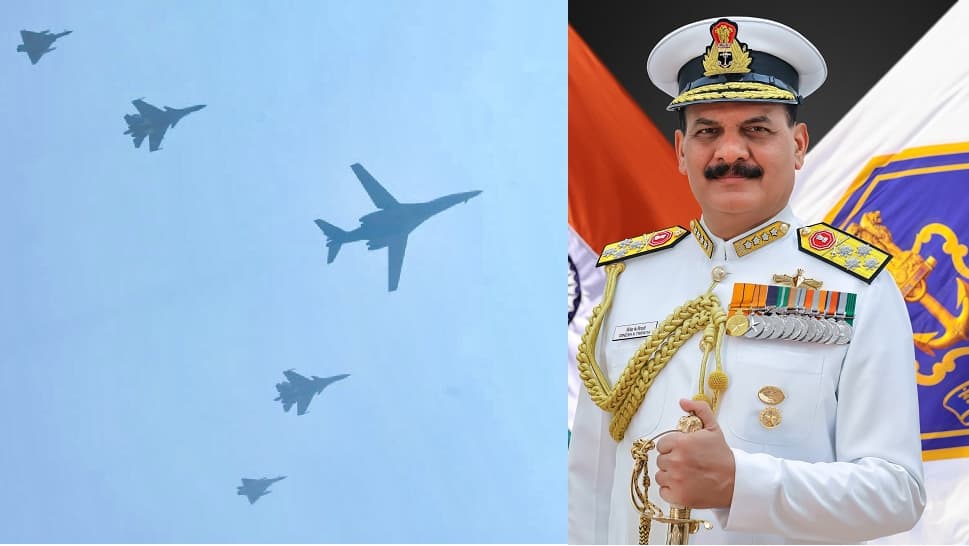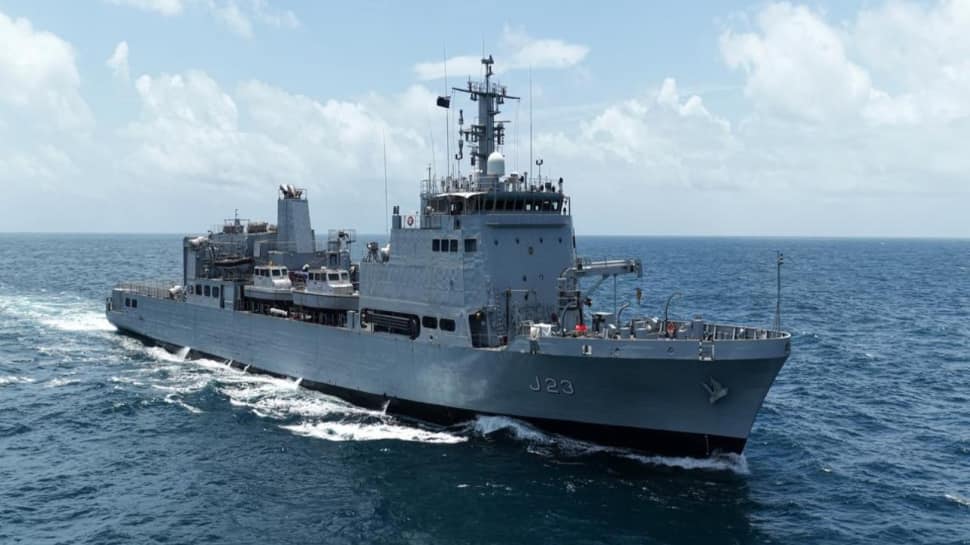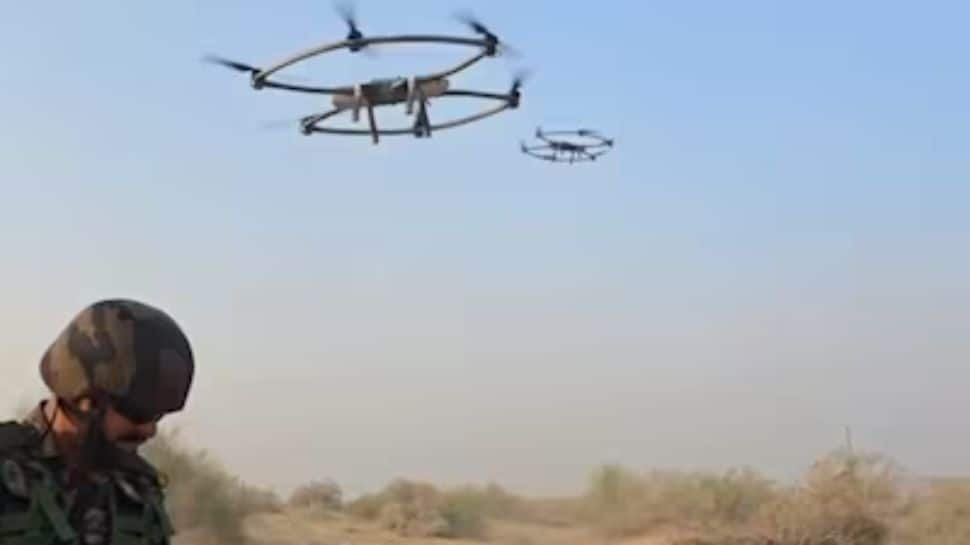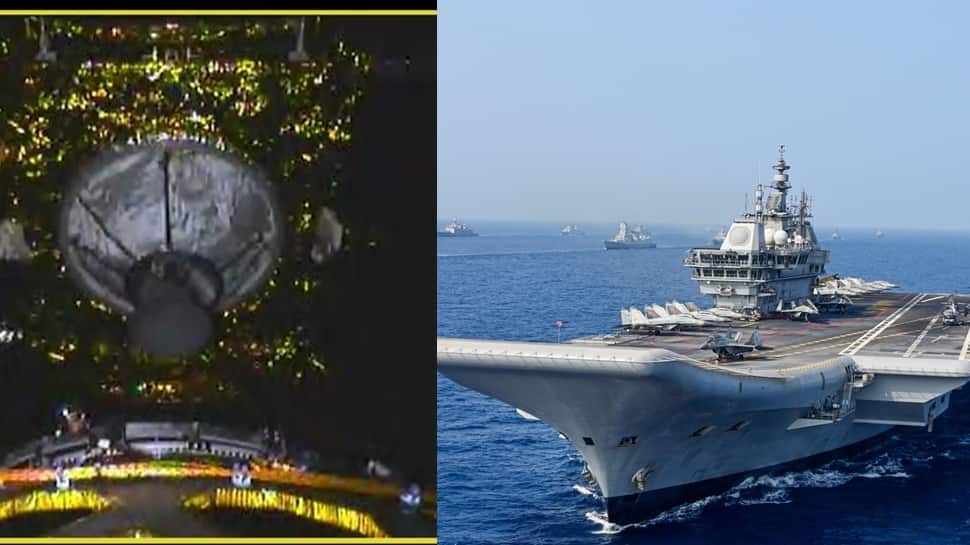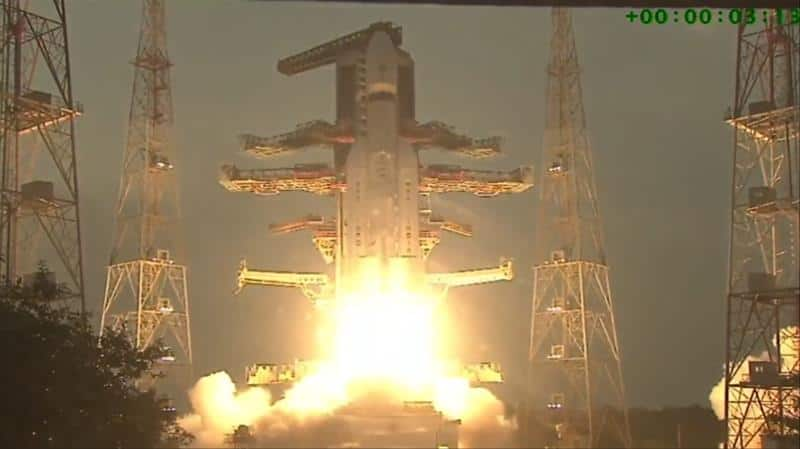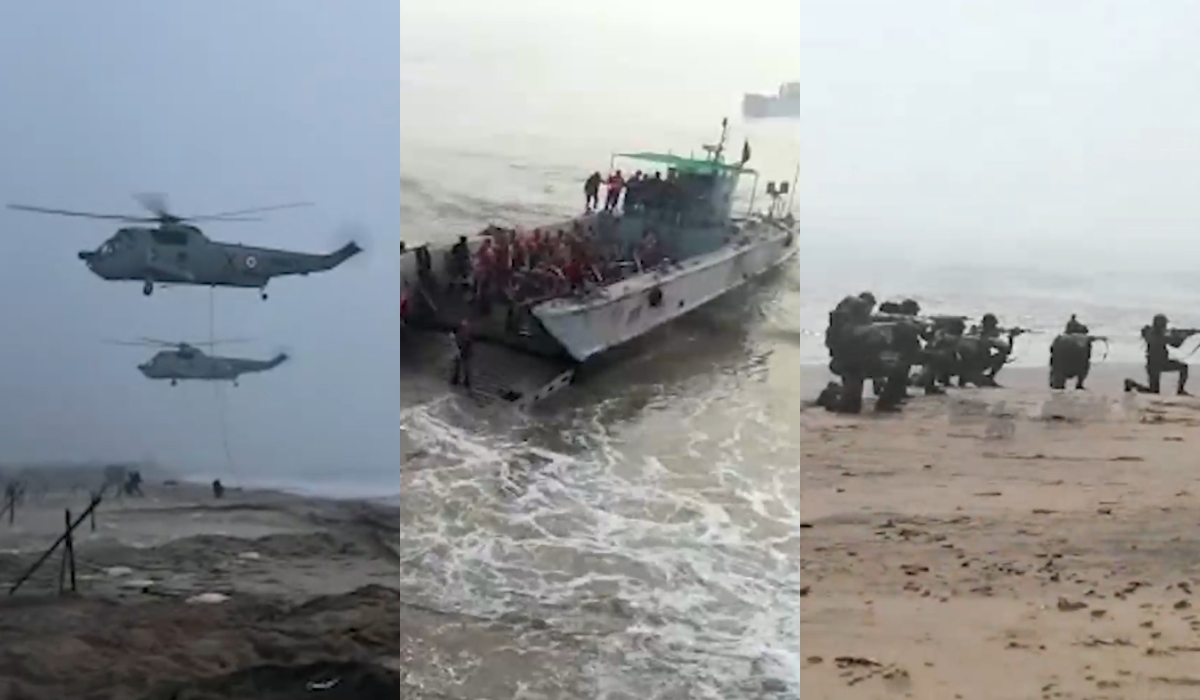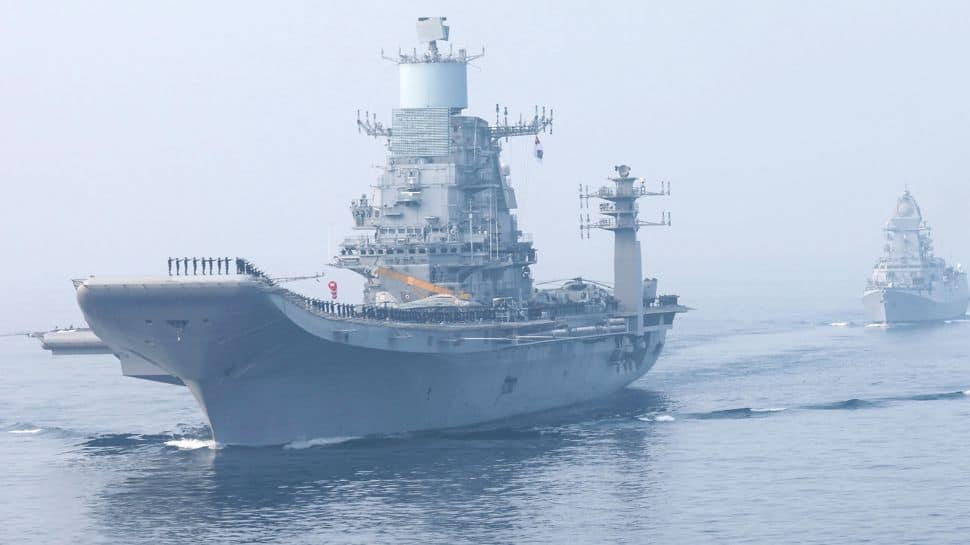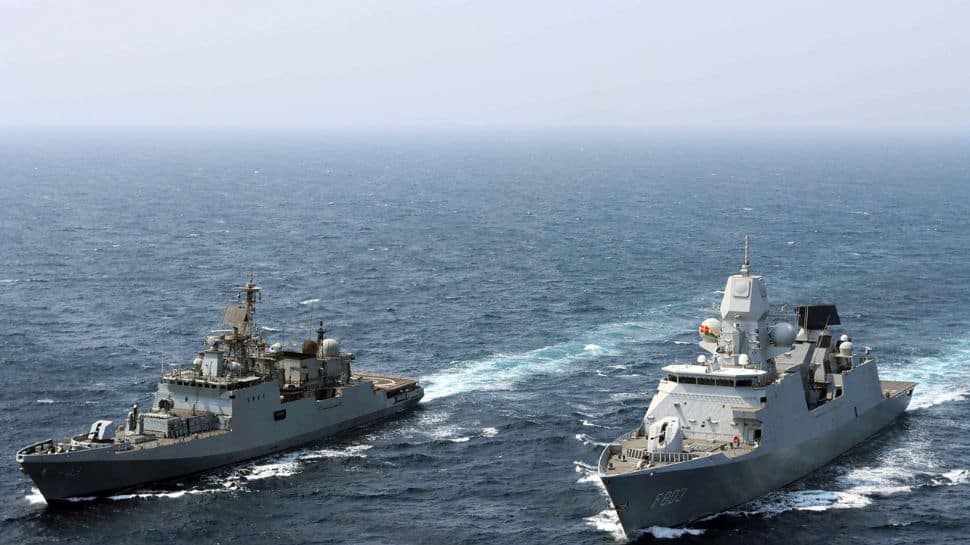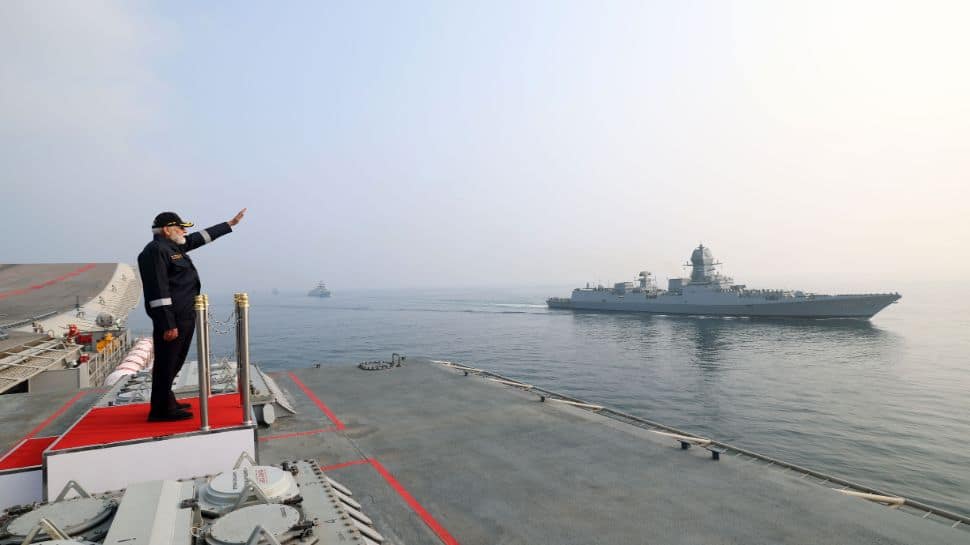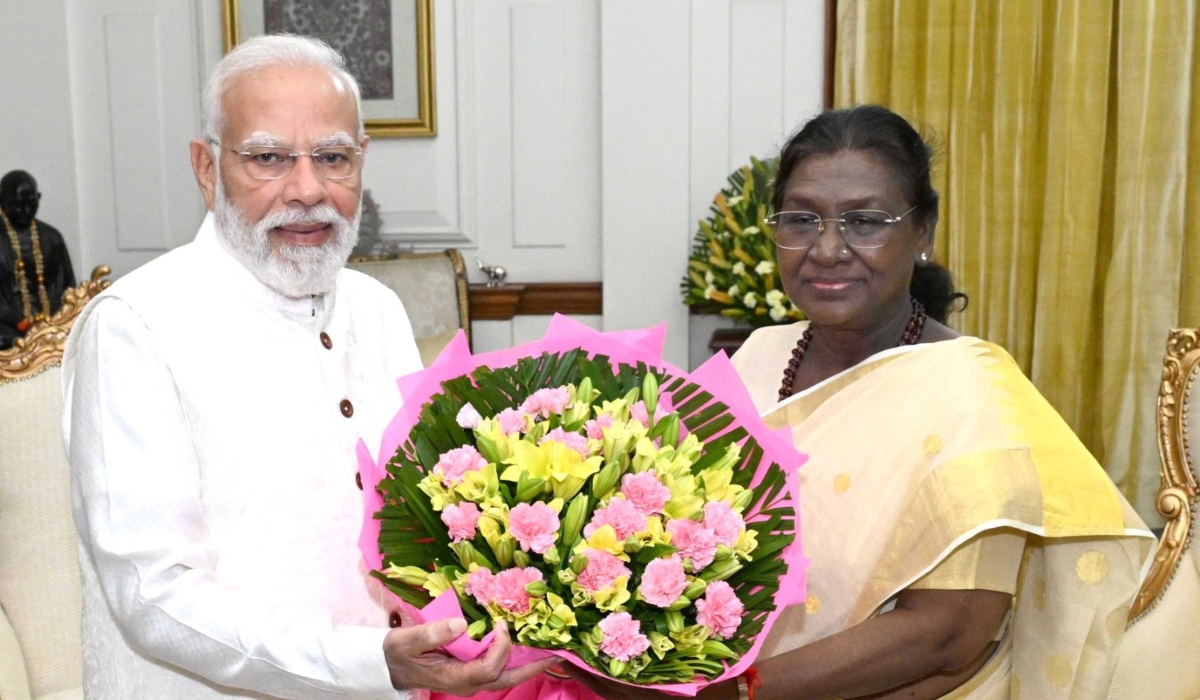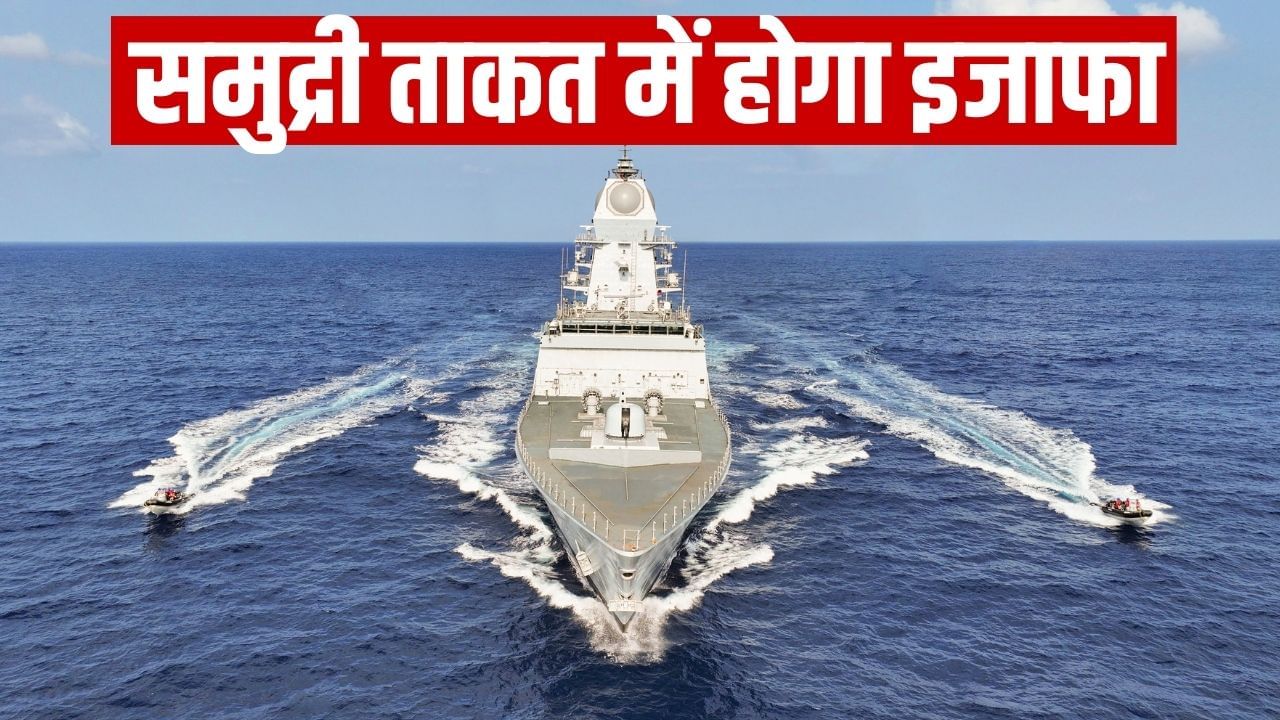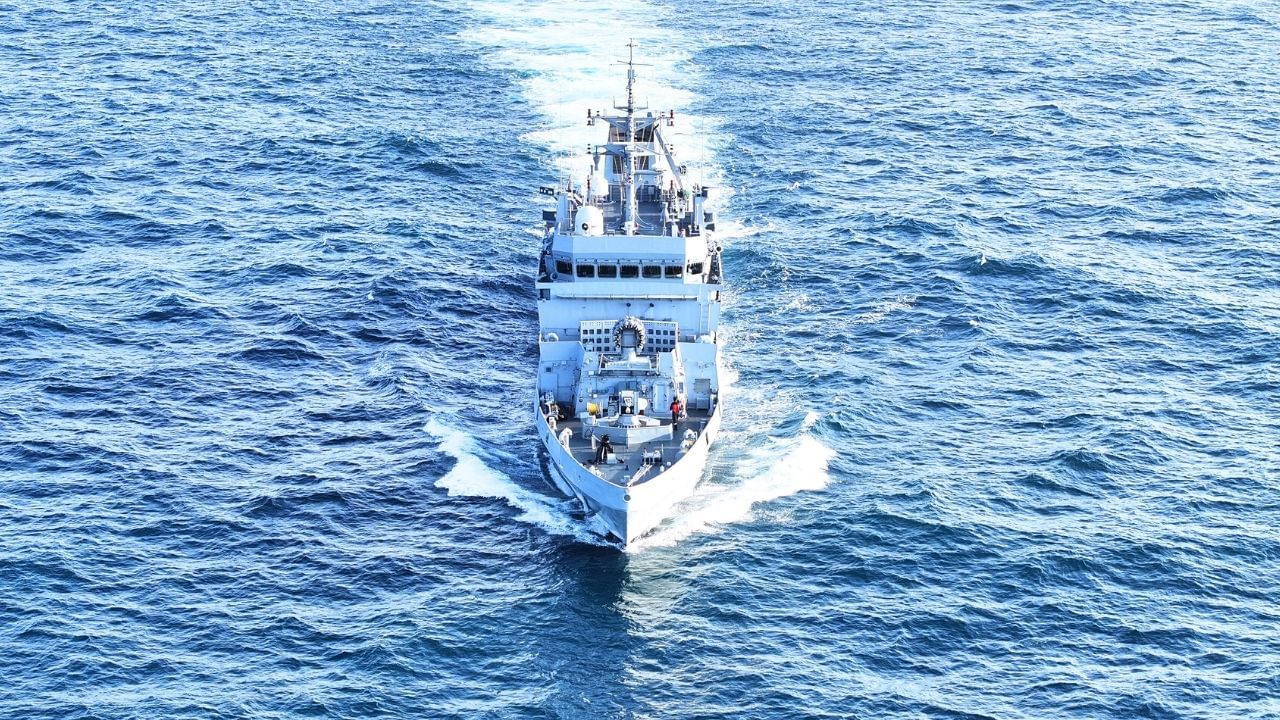Subscribe to Updates
Get the latest creative news from FooBar about art, design and business.
Browsing: Indian Navy
The global defense market is buzzing with unprecedented interest in India’s BrahMos supersonic cruise missile, following its decisive performance during Operation Sindoor.…
Army Chief General Upendra Dwivedi underscored the critical role of synergy within India’s armed forces, using ‘Operation Sindoor’ as a prime illustration.…
In the wake of a significant blast in Delhi, India has heightened its security posture across multiple states, with intelligence agencies conducting…
The Indian Navy has officially welcomed INS Ikshak, its third Survey Vessel Large (SVL), into active service. Commissioned at the Naval Base…
The tri-service military exercise ‘Trishul’ has entered its crucial final phase along India’s western border, demonstrating the growing prowess of indigenous defense…
India’s space capabilities are significantly advancing, with the recent launch of ISRO’s GSAT-7R (CMS-03) satellite marking a pivotal moment for the Indian…
India has achieved a significant milestone in its space program with the successful launch of GSAT-7R, its heaviest communication satellite to date.…
The Indian Navy is spearheading ‘Trishul’, a significant tri-services exercise set to commence in early November 2025. This large-scale operation, involving the…
Tensions are escalating in the Arabian Sea as Pakistan launches live-fire naval exercises in the same waters where India is currently conducting…
India’s massive tri-services military exercise, codenamed Trishul, has triggered significant alarm in Pakistan, leading to the temporary closure of airspace over central…
Prime Minister Narendra Modi recently graced the deck of INS Vikrant, India’s indigenously built aircraft carrier. Unseen but potent, directly beneath where…
Prime Minister Narendra Modi extended warm Diwali greetings to President Droupadi Murmu during a visit to Rashtrapati Bhavan. The meeting, marked by…
Prime Minister Narendra Modi marked Diwali with the brave personnel of the Indian Navy aboard the aircraft carrier INS Vikrant. Describing the…
The Indian Navy is set to commission the second Anti-Submarine Warfare Shallow Water Craft (ASW-SWC), INS Androth, at the Visakhapatnam Naval Dockyard…
The Indian Navy is preparing to commission the second Anti-Submarine Warfare Shallow Water Craft (ASW-SWC) ‘Androth’ at the Naval Dockyard today. The…
Goa Shipyard Limited (GSL) has delivered the ICGS Akshar to the Coast Guard. This is the second vessel in a series of…


